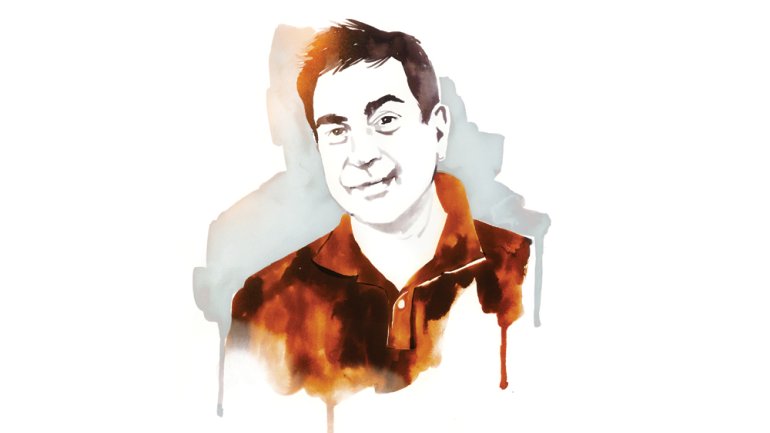Ceramic Heart
Ceramic Heart
Each year, the conference of the National Council on Education for the Ceramic Arts draws thousands of people to its host city. Artists, collectors, educators, students: All are welcome at this free-flowing exchange of ideas, technique, and inspiration. It so represents the spirit of the organization that the conference itself has become known simply as NCECA.
This year, NCECA turns 50. The organization expects more than 5,000 people to descend upon Kansas City, Missouri, for its “Makers, Mentors, and Milestones” conference, along with dozens of concurrent exhibitions and events. We spoke to executive director Josh Green about what makes this organization so vibrant – and what’s ahead.
Fifty years is a significant accomplishment for any arts organization. To what do you attribute NCECA’s longevity?
I think we have to attribute it to the fact that the artist-educators who affiliated together around the idea for NCECA back in the mid-1960s were very passionate and very committed about this vision that they had. And I think it’s really that passion that sets a standard for the organization.
They successfully passed on that feeling of commitment – and also the value of relationship. There’s something inherently unique about the way that ceramics has been taught in the United States, since before the mid-1960s and when it started coming into college art departments. There’s a sense of shared labor, cooperation in the teaching and learning process. I talk to my friends who are painters or sculptors about the idea that 5,000 people in their field would get together and share ideas and have such support of one another, and that seems like a very foreign concept.
Another thing worth noting is that NCECA’s founders set up the organization to be self-governing. And within that self-governance, there have been things like term limits – so there has been continual refreshment of the leadership team. There has been a lot of evolution, and the organization has continued to try to be responsive to its constituency.
What’s an example of that responsiveness?
One recent example is the creation of a feature called Process Room, which was really championed by our previous programs director, Steve Hilton.
Steve teaches at Midwestern State University in Texas and has a lot of nontraditional students in his program. He really felt that, when coming to the conference, there were a lot of people who didn’t necessarily want to devote two or three hours to watching an artist create a piece from start to finish; what they really wanted were short, quick, hands-on experiences.
So Process Room has provided this area where there’s a succession of leading studio potters and artists from across the country, who are on for 30- to 60-minute time slots, focusing on a specific process.
We started it three years ago, and every year the room has been absolutely crushed. In Providence last year, we actually had to set up an overflow room with video transmission to try to accommodate people. Ever since that program started, we have underestimated its appeal.
At the same time, we’re also still running the [longer-form] demonstrating artist area, and this year we’re really trying to set up that space so that it correlates with the conference theme – “Makers, Mentors, and Milestones.”
We’ve got three of our members who are really legendary – David MacDonald, Richard Notkin, and Patti Warashina – and we’ve asked each of them to choose somebody they’ve mentored who is now working at a professional level; they’re going to be partnering with them in the demonstrating artist area.
What else are you looking forward to in Kansas City?
We’re really looking forward to a new project by Michael Strand and Namita Wiggers, whom NCECA invited to team-curate and conceptualize a project called “Across the Table, Across the Land.”
They’ve been inviting artists from around the world to show us how they’re creating community through ceramics and with food. They’ve been collecting responses through an app they have created, and they will be coordinating an exhibition that highlights the work of NCECA members in their own communities at the Charlotte Street Foundation [a Kansas City arts nonprofit].
That project is still really gestating, and I don’t know exactly what Michael and Namita are going to bring together, but some of the things coming into the app are really compelling.
Julie K. Hanus is American Craft’s senior editor, and she’ll see you at the conference.

